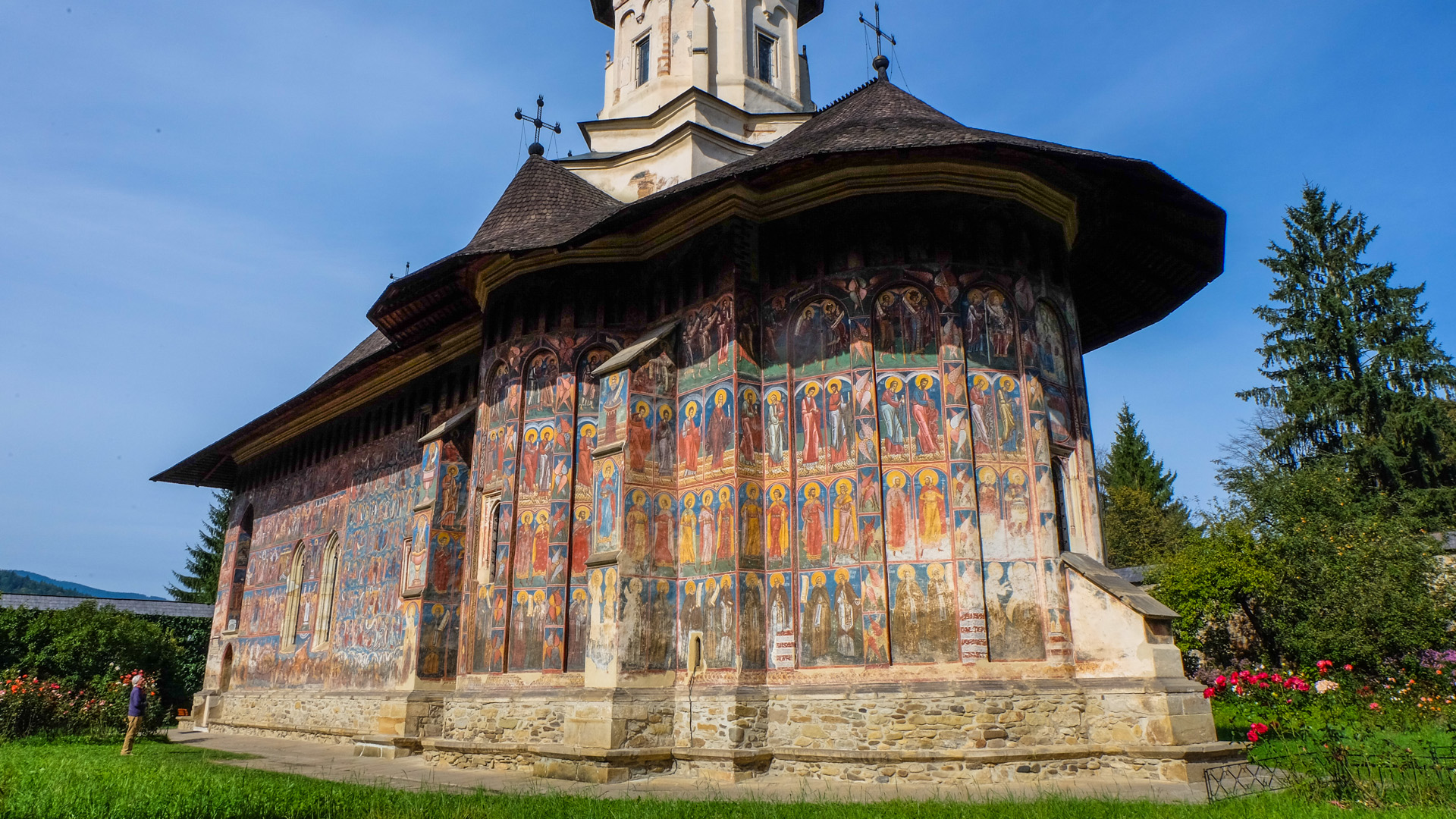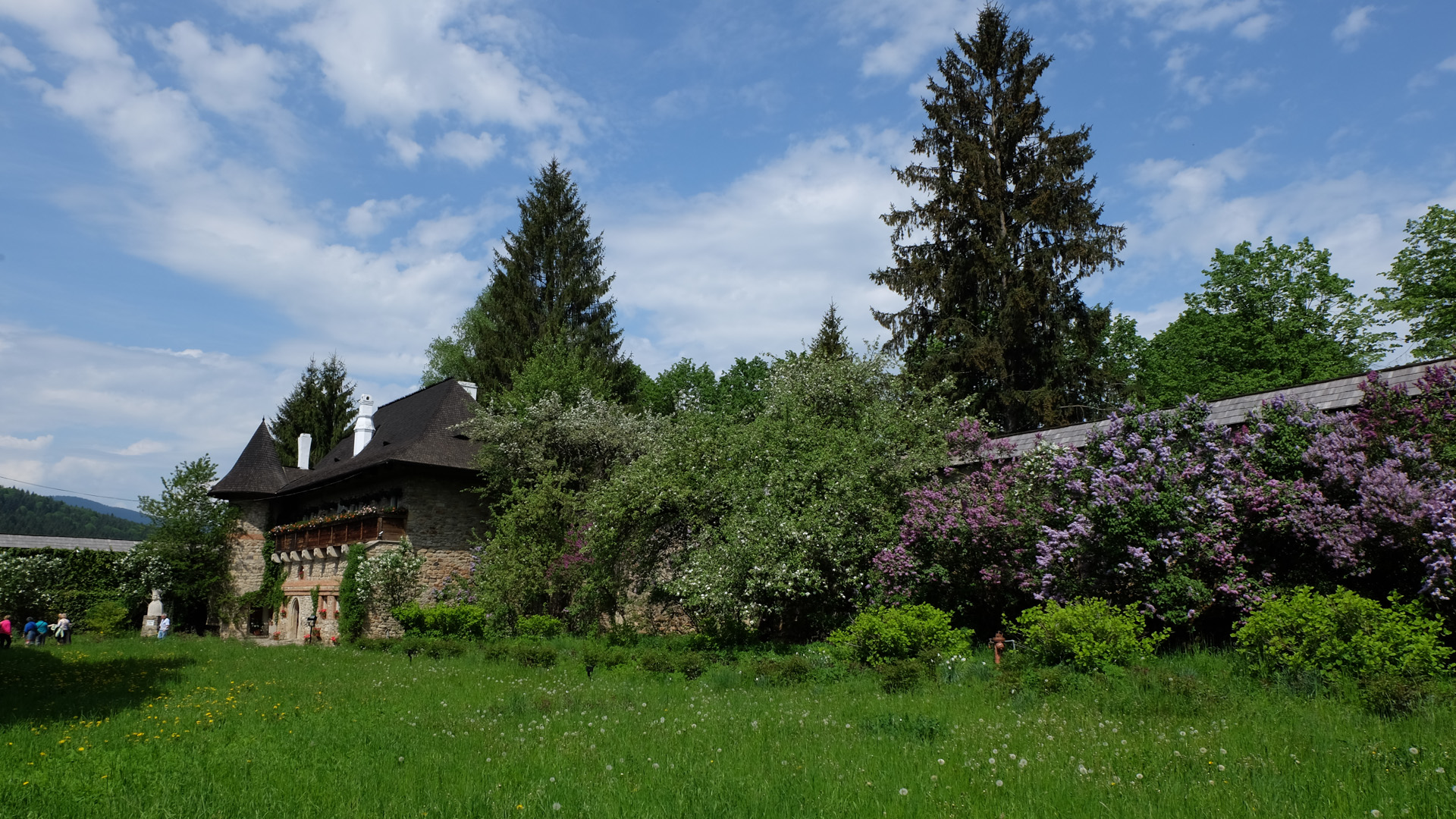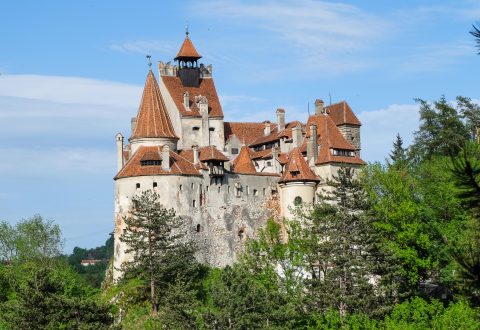Christian tour of Painted Churches – 3 days
€490.00
During The Christian tour of Painted Churches, you will visit three of the most beautiful painted monasteries, listed on UNESCO World Heritage and Bran Castle aka Dracula’s Castle in Transylvania Region. Visit two interesting regions in a relative short period of time.
Description
CHRISTIAN TOUR OF PAINTED CHURCHES
Tour highlights:
- Admire the handmade carpets and icons made by the nuns at Agapia Monastery
- Enjoy a guided tour of the most famous painted churches of Bucovina
- Discover an ancient tradition of dying the eggs.
- Wander the impressive Bicaz Gorges and admire the beauty of the Red Lake
- Tour in infamous Bran Castle, the castle the inspired Bram Stoker for his Dracula novel.
- Find out the myths and legends of Brasov Medieval Town.
Day 1: Bucharest – Agapia Monastery – Gura Humorului
In the morning pick-up by your tour guide from your hotel in Bucharest. Leaving Bucharest, we drive north to Bucovina passing through the vineyards of Vrancea Region. This transfer day is quite long but driving in the countryside of Romania will offer magnificent sceneries.
From Bucharest to Piatra Neamt city where we can stop for lunch the driving can last up to 6 hrs. During this transfer your private tour guide can hold lectures about Romanian customs, Orthodox religion, geography, historical facts, medieval stories and Dracula legends…
On the way to Gura Humorului we will stop at Agapia Monastery where you can admire the handmade carpets or painted icons which are made in the monastery workshops.
The church of Agapia Monastery it was painted by Nicolae Grigorescu, one of the greatest Romanian painter of 19th century. Although he was very young while executing the frescoes and icons the monastery is renowned for their high artistic quality. The painted did not follow the canons of Byzantine religious painting, but created his own programme.
In the evening we reach, the accommodation place, where you can try some of the best traditional Romanian food.
Day 2: Gura Humorului – Voronet Monastery – Painted Eggs Museum and workshop- Moldovita Monastery- Sucevita Monastery
The second day will be more relaxed, driving will not be so long and we will have plenty of time to observe and understand the religious life of the nuns or monks of Bucovina Region. We will start this cultural religious tour of Painted Monasteries with Voronet Monastery which is possibly the most famous church in Romania. It is known throughout the world for its frescoes of intensive and bright colours and for hundreds of religious figures, placed on the blue azurite background. Due to this well preserved frescoes but especially due to From the Last Judgment scene, the church was named the Sistine Chapel of Orient.
The second monastery we visit today, is Moldovita Monastery, dating from 16th century, a typical example of the Moldovian style with its long and high shape. The facades were painted in 1537 and still preserve their vibrant colours, thanks also to the restoration of the last ten years.
Visiting Bucovina you will have the chance to see one of the old traditions of dying and painting the eggs. The egg shell is dyed in different colour layers, and the artist decorate the egg with various patterns with the help of a handmade instrument made of wood, with a fine tip through which hot wax flows.
We conclude the tour of Painted Monasteries of Bucovina with a visit to Sucevita Monastery. In 2000 this monastery was included in the UNESCO World Heritage List after its frescoes were fully restored.
Sucevita Monastery was painted around 1595, nearly half a century after its “sister“ churches and is considered the last flowering of the custom of painting the church facades.
Overnight in Gura Humorului in a cosy Moldavian guesthouse.
Day 3: Gura Humorului – Bicaz Gorges- Red Lake- Bran Castle – Brasov Old Town – Bucharest
We start early in the morning towards Transylvania Region. Bicaz Gorge is one of the most dramatic defiles in Romania, cutting a swathe through limestone rocks 300 meters high on its` narrow route to Transylvania. Passing through the impressive Bicaz Gorges, we reach The Red Lake. In 1837, after a landslide blocked Bicaz River, a natural barrage was formed. Today the driving is long but beautiful.
Passing in Transylvania Region, we visit the castle that inspired Bram Stoker to write the best seller Dracula. Vlad the Impaler, on whom the Dracula legend was loosely based, never lived here, but he might have stayed a couple of nights hiding from the Turks, or he may have besieged the castle at one point.
Before reaching Bucharest, we make a tour of Brasov old town, which according to historical references from 1234, was called Kronstadt. In 14th century, Brasov was confirmed as the administrative and ecclesiastic centre of the region of Tara Barsei, “the free Royal town”, one of the economic and cultural centres of Transylvania.
_________________________________
Here are some ideas to have a tour of Romania and Bulgaria.
Grand Tour of Romania – 10 days
Visit Bulgaria from Bucharest with our 3 day tour.
Try our visit Bulgaria and Romania summer tour of 5 days.
Related Tours
-
 Exclusive by RTS
Exclusive by RTSWinter tour of Transylvania – 6 days
6 Days €985.00This winter tour of Transylvania is available from January until March and combines the awesome landscapes of rural Transylvania with medieval cities and world heritage sites of one of the most visited region of Romania. A visit to the Ice Hotel along Transfagarasan Scenic Road can be considered the highlight of your tour in Romania.
-
Private tour
Two famous castles – Private tour
Rated 5.00 out of 51 Days €175.00Two famous castles-Private tour from Bucharest, will give you the chance to visit Peles Castle and Dracula`s Castle, but also the medieval Old Town of Brasov, located in Transylvania at the foothills of Carpathians. We organize Dracula Castle Tour.
-
Budget tour
Romania Budget Tour – 7 Days
Rated 5.00 out of 57 Days €1400.00Looking for a budget tour of Romania? This private tour is a wonderful sightseeing experience of two of the most famous regions of Romania: Transylvania and Bucovina Regions. If you plan to visit Romania, this budget tour is the best deal you can have.




















Reviews
There are no reviews yet.